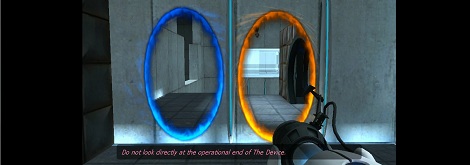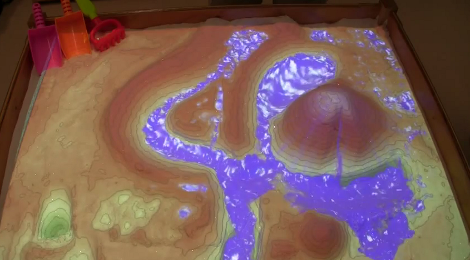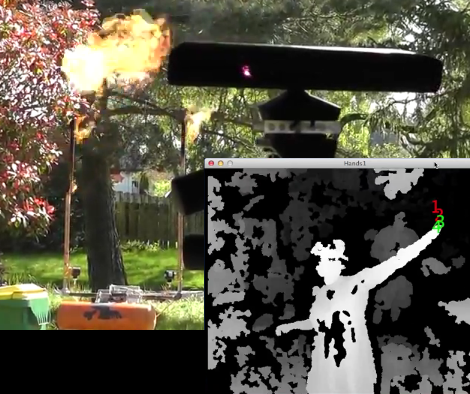
The picture you see above isn’t a doll house, nocliped video game, or any other artificially created virtual environment. That bathroom exists in real life, but was digitized into a 3D object with a Kinect and Kintinuous, an awesome piece of software that allows for the creation of huge 3D environments in real time.
Kintinuous is an extension of the Kinect Fusion and ReconstructMe projects. Where Fusion and ReconstructMe were limited to mapping small areas in 3D – a tabletop, for example, Kintinuous allows a Kinect to me moved from room to room, mapping an entire environment in 3D.
The paper for Kintinuous is available going over how the authors are able to capture point cloud data and overlay the color video to create textured 3D meshes. After the break are two videos showing off what Kintinuous can do. It’s jaw dropping, and the implications are amazing. We can’t find the binaries or source for Kintinuous, but if anyone finds a link, drop us a line and we’ll update this post.

















